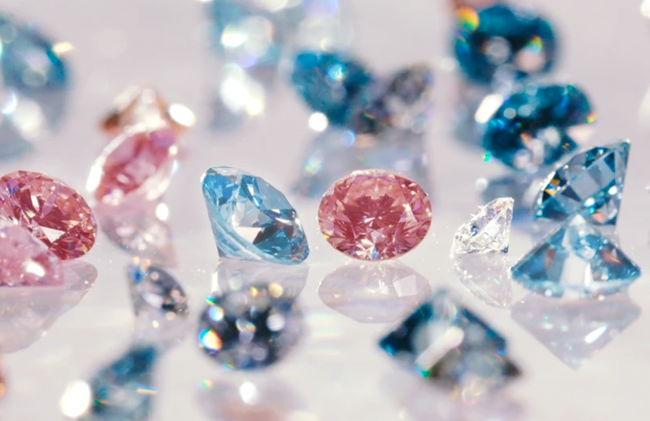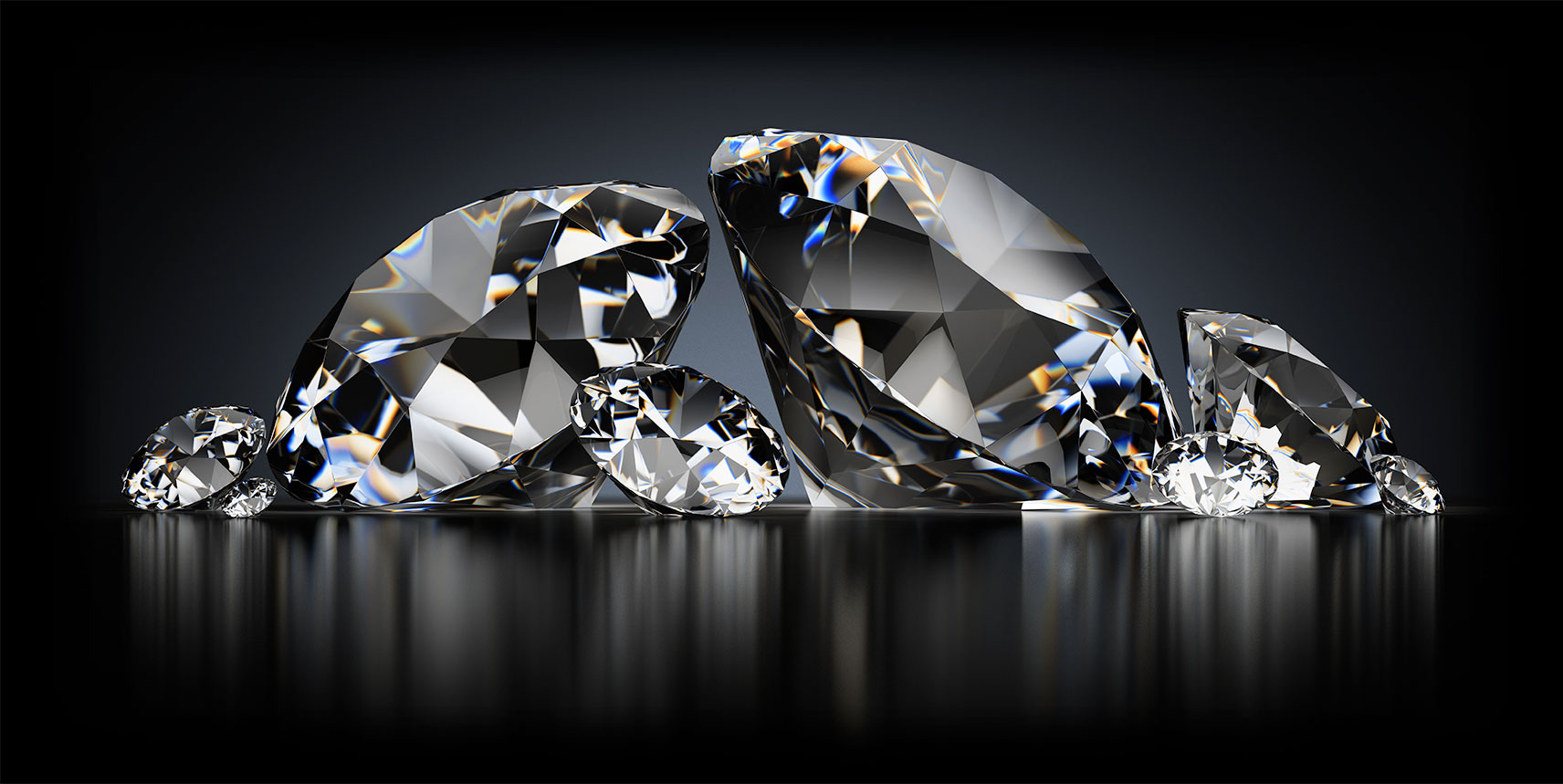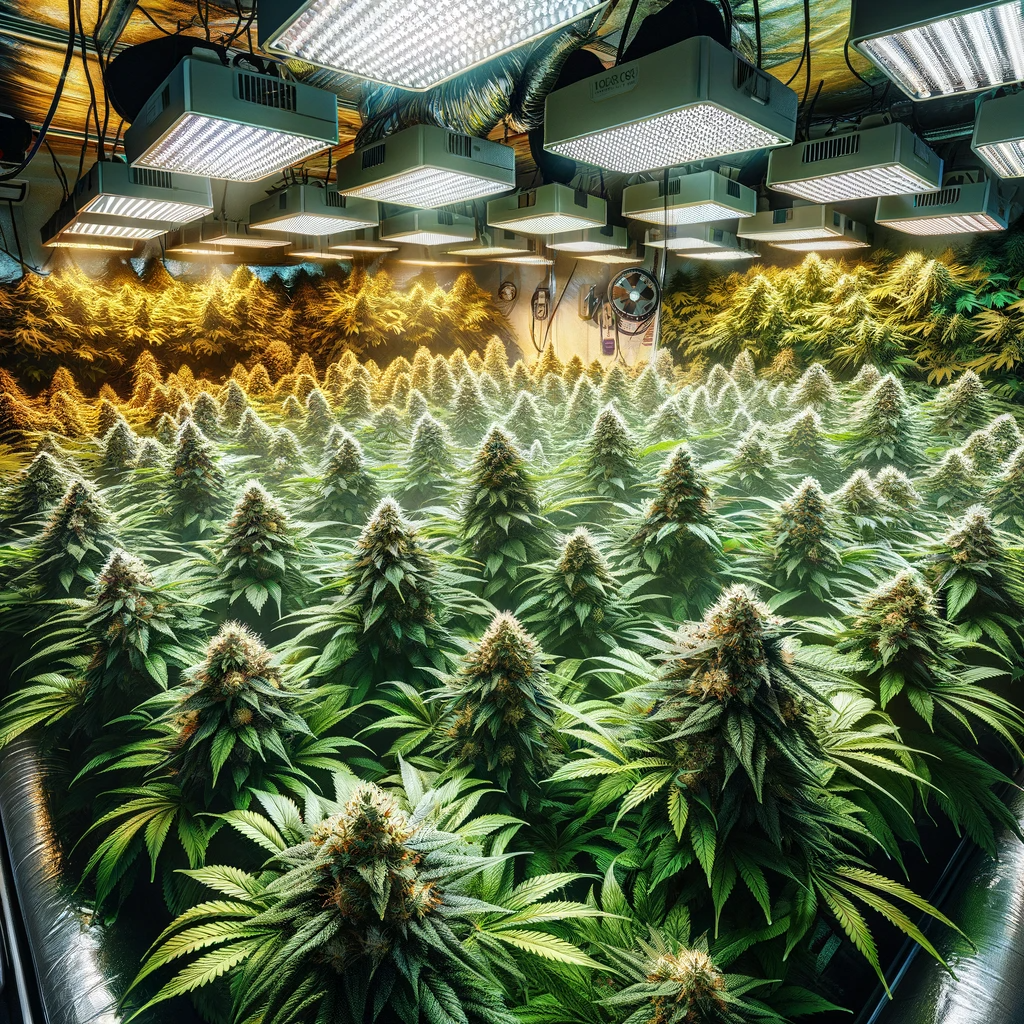Introduction: Understanding Lab Diamonds
In recent years, the diamond industry has witnessed a revolution with the emergence of lab-grown diamonds. These diamonds, also known as CVD diamonds, are cultivated in controlled laboratory environments rather than mined from the earth’s crust. This innovative process replicates the natural conditions under which diamonds are formed, resulting in stones that are chemically, physically, and optically identical to their mined counterparts.
What Sets Lab-Grown Diamonds Apart?
1. Quality and Purity
Lab-grown diamonds boast exceptional quality and purity. By eliminating the environmental and ethical concerns associated with traditional diamond mining, these diamonds offer consumers peace of mind knowing that their purchase is sustainable and conflict-free. Moreover, the controlled growth environment ensures consistency in color, clarity, and brilliance, surpassing the variability often found in mined diamonds.
2. Affordability
One of the most significant advantages of lab diamonds cvd is their affordability. Compared to natural diamonds, which are subject to fluctuations in supply and demand, lab-grown diamonds offer a more stable pricing model. This accessibility makes them an attractive option for individuals seeking stunning, ethically sourced diamonds without breaking the bank.
3. Environmental Sustainability
Traditional diamond mining has a significant environmental impact, involving land disruption, water usage, and carbon emissions. In contrast, the production of lab-grown diamonds requires minimal environmental resources, making them a sustainable choice for eco-conscious consumers. By opting for lab-grown diamonds, individuals can reduce their carbon footprint and contribute to a greener, more sustainable future.
The Process of Creating Lab-Grown Diamonds
1. Chemical Vapor Deposition (CVD)
CVD, or chemical vapor deposition, is one of the most common methods used to produce lab-grown diamonds. This process involves placing a small diamond seed in a vacuum chamber filled with carbon-rich gases. Under carefully controlled conditions, the gases are heated to extreme temperatures, causing carbon atoms to bond and crystallize on the seed, gradually forming a diamond.
2. High Pressure-High Temperature (HPHT)
Another method for creating lab-grown diamonds is HPHT, which stands for high pressure-high temperature. In this process, a small diamond seed is subjected to intense pressure and heat, replicating the natural conditions found deep within the Earth’s mantle. Over time, carbon atoms crystallize around the seed, gradually growing into a fully formed diamond.
The Advantages of Lab Diamonds Over Mined Diamonds
1. Ethical Considerations
One of the primary reasons consumers choose lab made diamonds is for their ethical sourcing. Unlike mined diamonds, which may be associated with unethical labor practices and environmental damage, lab-grown diamonds offer complete transparency and traceability throughout the production process. This assurance allows consumers to make informed decisions aligned with their values.
2. Superior Quality Control
Lab-grown diamonds undergo rigorous quality control measures to ensure consistent color, clarity, and cut. By leveraging advanced technology and scientific processes, manufacturers can achieve levels of precision and perfection that surpass those of natural diamonds. This attention to detail results in diamonds of unparalleled beauty and brilliance.
3. Environmental Impact
The environmental impact of traditional diamond mining cannot be overstated. From deforestation and habitat destruction to water pollution and carbon emissions, the negative consequences are far-reaching. In contrast, lab-grown diamonds offer a more sustainable alternative, requiring significantly fewer resources and producing minimal ecological harm. By choosing lab-grown diamonds, consumers can enjoy the beauty of diamonds without contributing to environmental degradation.
Conclusion: Embracing the Future of Diamonds
In conclusion, lab-grown diamonds represent the future of the diamond industry, offering unparalleled quality, affordability, and sustainability. With their ethical sourcing, superior quality control, and minimal environmental impact, lab-grown diamonds are poised to revolutionize the way we think about luxury jewelry. As consumers become increasingly conscious of the social and environmental implications of their purchasing decisions, the demand for lab-grown diamonds is expected to continue rising.









